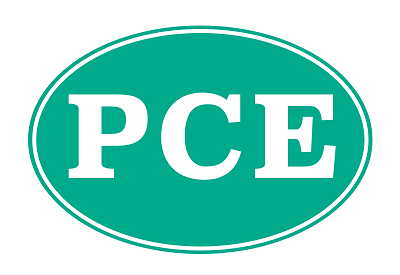
Date posted: 11th Jan 2023
As we begin 2023 and with household finances stretched, Lee Watson, partner at Clive Owen LLP, considers whether is it time to finally consider undertaking that tax planning that you keep putting off, particularly with a budget on the horizon and the end of the 2022/23 tax year becoming closer.
Lee said: “We know that there will be a budget update on 15 March 2023, which could see a number of tax charges intended to increase the Treasury’s reserves. The tax take could be increased by simply increasing rates or reducing allowances, so there may be an opportunity to save tax, now and in the future, by taking action sooner rather than later.”
Lee’s top tax tips for 2023 for individuals and businesses include:
Use your allowances.
Currently, everyone is entitled to a £2,000 dividend allowance and £12,300 capital gains tax allowance. These allowances will be cut to £1,000 and £6,000 respectively for 2023/24 and further cut to £500 and £3,000 respectively for 2024/25.
There is also an allowance to use against interest income – this is £1,000 for those earning less than circa £50,000, £500 for those earning between circa £50,000 – £150,000 but nothing for those earning over circa £150,000. From 2023/24, those earning over circa £125,000 will lose the entitlement to claim the £500 savings allowance. With interest rates increasing, any interest on savings is likely to increase too which means that some taxpayers will need to pay tax on their interest income, which no longer has any tax deducted at source.
Make sure you are claiming relief for tax relievable expenditure.
On many occasions we see new clients who are higher tax rate paying individuals failing to claim relief for personal pension contributions, which have come further to the fore due to auto enrolment, and also gift aid donations. In addition, there may be job related expenditure such as professional subscriptions which could be claimable.
Try to avoid the 60% tax trap.
Those earning between £100,000 and circa £125,000 will be paying 60% tax on their income, most likely unbeknown to them. Whilst 60% is not an official tax rate, it is an effective rate of tax due to paying 40% tax on earnings and further tax due to the loss of some or all of your personal allowance between £100,000 and circa £125,000. If you are able to make pension contributions, then this could be a sensible route forward to save tax at a rate of 60%, assuming that you have enough pensions allowances available.
Consider your remuneration policy.
Many directors of owner managed businesses will draw income from the business with a mixture of salary and dividends. Due to rises in corporate and dividend taxes, the tax advantage of this method of income withdrawal is slowly eroding. With potentially turbulent times on the horizon, it may be a consideration to draw a larger salary, as if the company begins to struggle, it may not necessarily have the profits required to pay dividends. If it does not and the company ends up in financial difficulties, the “dividends” taken could be regarded as being illegal and repayable by the director to the company. A salary at a sustainable market rate, would not be repayable.
Consider your structure.
Thought should be given to your current trading structure. Due to corporate tax rises and dividend tax rises, some of the tax benefits of incorporation have been eroded. Whilst there is still potentially a commercial advantage of operating via a limited company, you could in some circumstances be paying more tax as a limited company and therefore should consider possibly moving back to a sole trade or partnership/LLP vehicle.
If you operate via a limited company and continue to proceed down this route, then thought should be given to possibly using a holding / asset protection company to protect plant and machinery or investments, should there be a downturn in the business, which puts at risk those valuable assets.
Watch out for corporate tax increases.
Corporate tax is set to rise in April 2023. In simple terms, a stand-alone entity will pay 19% tax on £0 – £50,000 of profits, 26.5% tax on between £50,000 and £250,000, with a 25% rate on any further profits. If there are “connected” companies, these bands will be reduced.
Company owners need to therefore consider the cashflow impact of any such rises and whether there are any planning opportunities to be considered – such as considering expenditure on plant and machinery and R&D tax relief. It may be an alternative to consider directors pension contributions.
Lee added: “There are a myriad of tax savings that could be achieved but most of these depend upon your personal and business circumstances. You should speak to a qualified accountant or tax adviser to see if there any areas in which tax can be saved.”
If you need any advice regarding tax planning, then contact the team here.


